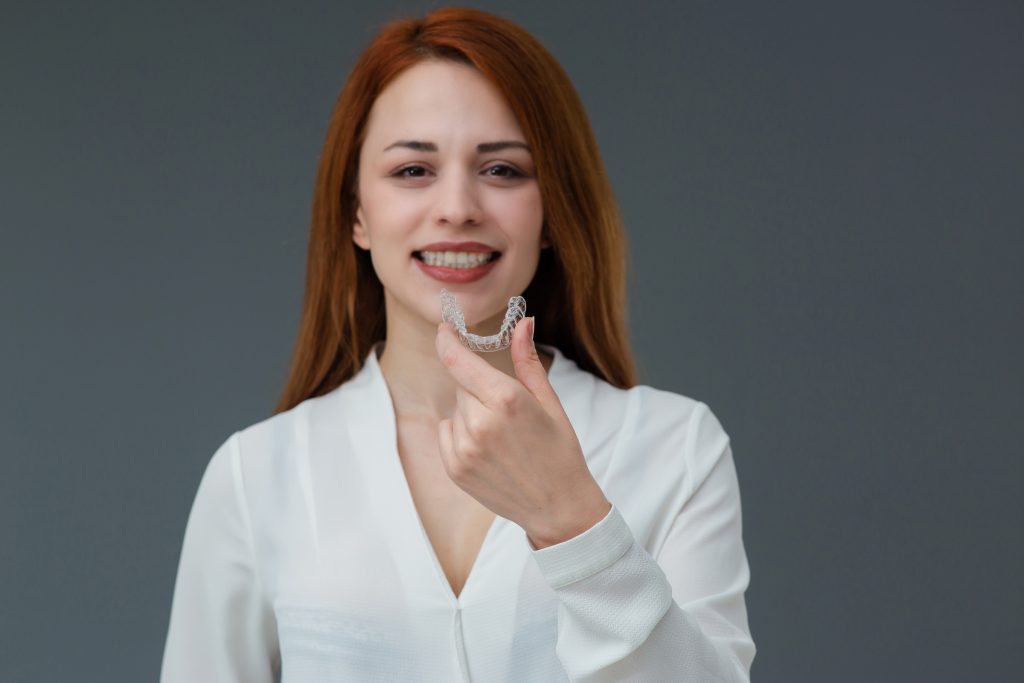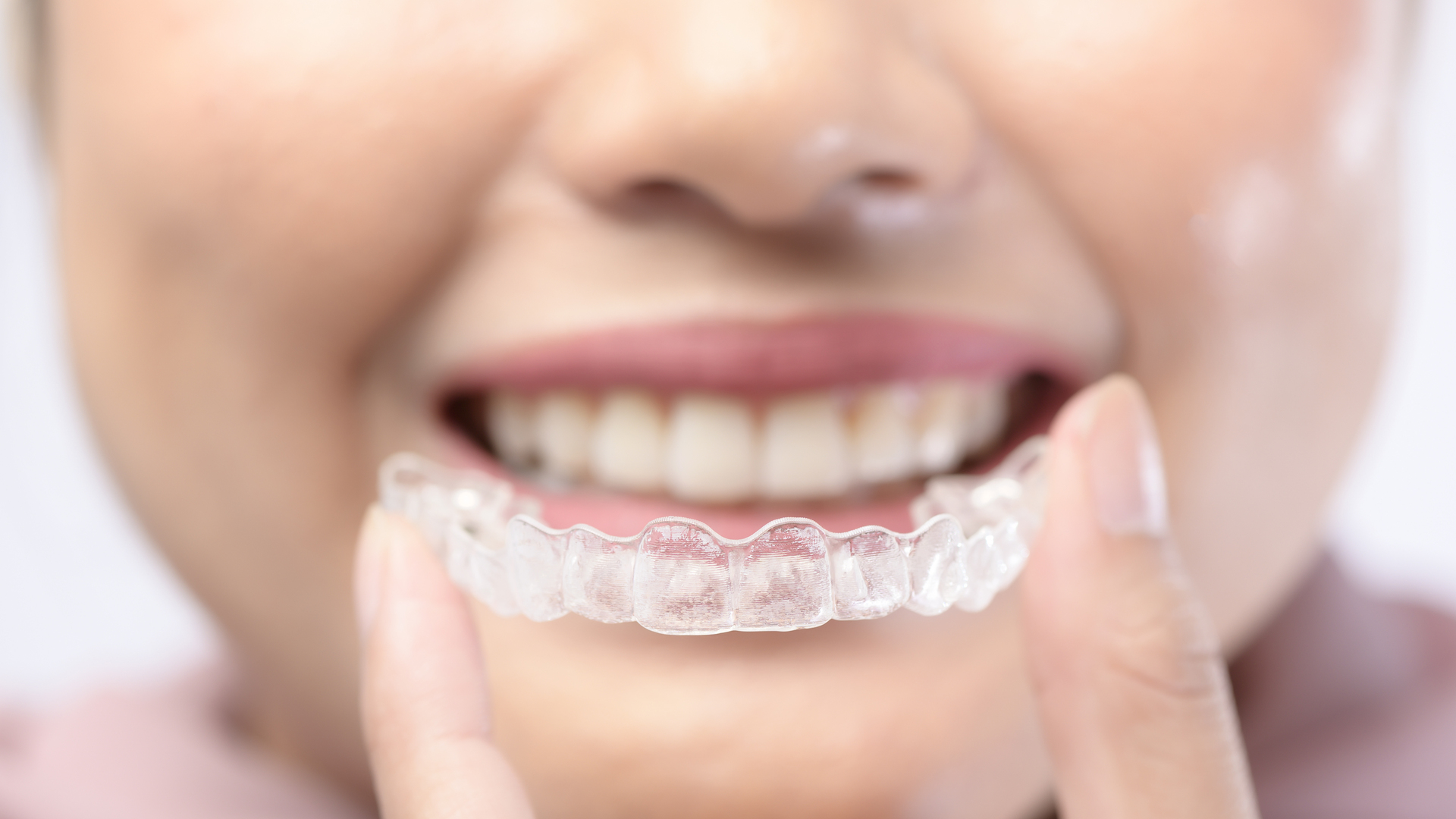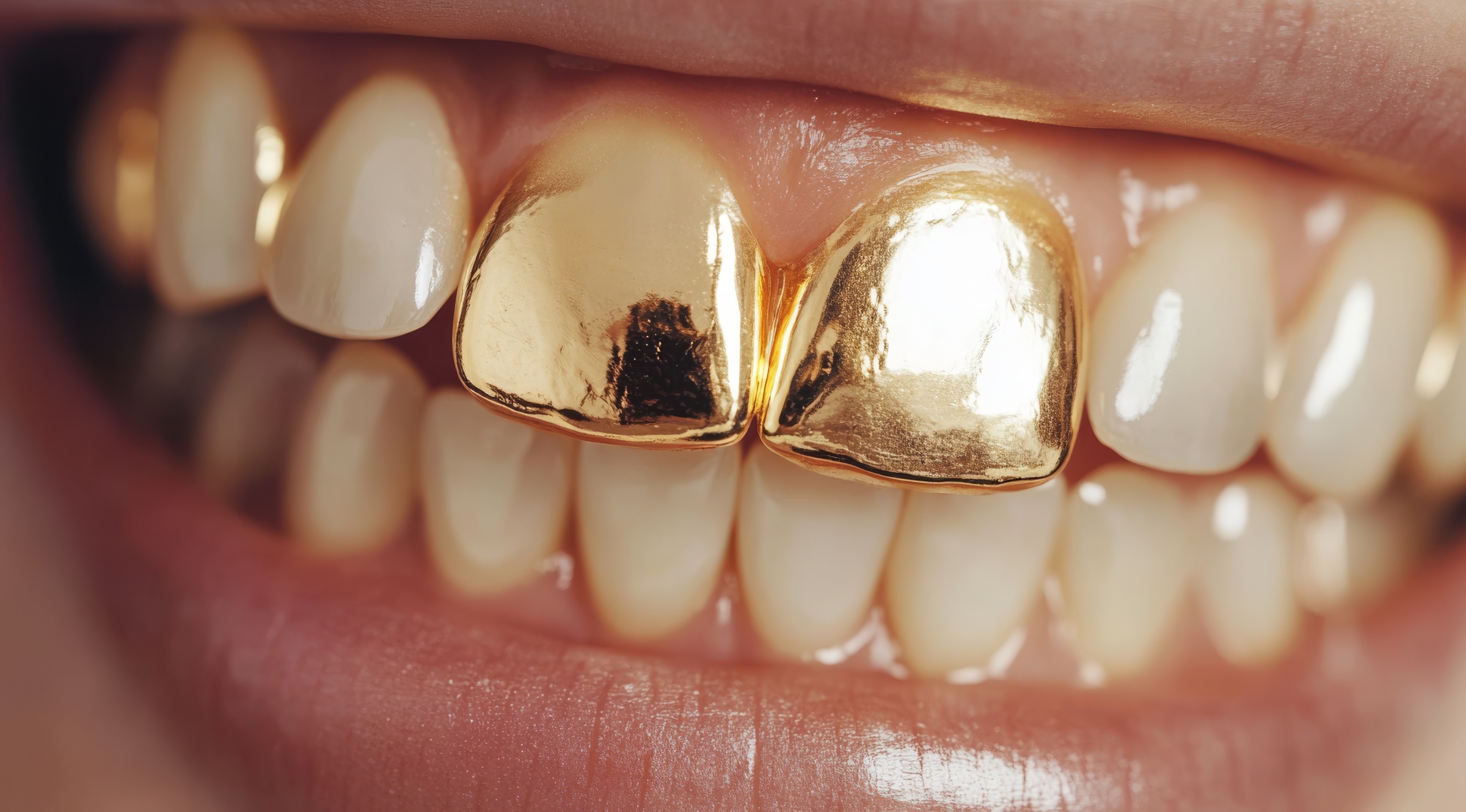Invisalign Altona
Unlock the smile of your dreams at Progressive Era Dental in Altona, where our team of expert dentists, with years of experience perfecting smiles with Invisalign®, is at your service! This nearly invisible treatment straightens your teeth with precision and gentle care. Thanks to our exclusive ClinCheck software, every step of your journey is meticulously mapped out—no guesswork, just accurate, predictable results from start to finish. Our 3D visual interface allows us to tailor your treatment to your unique needs. At Progressive Era Dental, we offer personalized, compassionate care across multiple locations, including Altona.

What is Invisalign®?
Invisalign® is a modern orthodontic treatment that straightens teeth using a series of clear, removable aligners. Unlike traditional metal braces, Invisalign® aligners are nearly invisible, making them a popular choice for people who want to improve their smile discreetly. The aligners are custom-made to fit snugly over your teeth and gradually shift them into the desired position over time.
Experience the convenience of Invisalign® treatment. Patients typically wear each set of aligners for about two weeks before switching to the next set in the series. The aligners are removable, so you can take them out when eating, drinking, brushing, and flossing. Invisalign® is known for being comfortable and convenient, with many patients appreciating the flexibility it offers compared to traditional braces.
What are the advantages of Invisalign treatment?
Invisalign treatment offers several advantages, making it a popular choice for orthodontic care:
- Nearly Invisible Appearance: Invisalign aligners are clear, making them much less noticeable than traditional metal braces. This makes them attractive for those who want to straighten their teeth discreetly.
- Comfort: The aligners are made from smooth, medical-grade plastic, reducing the risk of irritation to your gums and cheeks, which can be a common issue with metal brackets and wires.
- Removability: Invisalign aligners can be easily removed for eating, drinking, brushing, and flossing. This allows you to maintain your regular oral hygiene routine without the obstacles posed by braces.
- No Dietary Restrictions: Since the aligners are removable, you don’t have to avoid certain foods, like sticky or hard foods, that could damage traditional braces.
- Fewer Dental Visits: Compared to traditional braces, Invisalign typically requires fewer visits to the orthodontist for adjustments. Most appointments involve simply checking progress and receiving the next set of aligners.
- Experience the predictability of Invisalign treatment. Invisalign treatment is planned using advanced 3D imaging technology, which allows for precise mapping of the entire treatment process. This results in more predictable outcomes, giving you the confidence that your smile will be transformed as planned. Less Discomfort: While there may still be some pressure as teeth shift, the absence of metal wires and brackets means less discomfort from poking or broken components.
- Versatility: Invisalign can address many dental issues, including crowding, spacing, overbites, underbites, and crossbites, making it suitable for many patients.
- Better Oral Health: Because the aligners are removable, cleaning your teeth properly is easier, reducing the risk of cavities and gum disease during treatment.
- Shorter Treatment Time: Depending on the complexity of the case, Invisalign treatment can be faster than traditional braces in some cases.
Does Invisalign hurt?
Invisalign treatment is generally more comfortable than traditional braces, but you may still experience mild discomfort. Here’s what you can expect:
- Initial Discomfort: When you start wearing Invisalign aligners or switching to a new set, you might feel pressure or tightness. This is a normal sign that the aligners are working to shift your teeth. The discomfort usually subsides after a few days as your mouth adjusts. If the discomfort persists or is particularly intense, please get in touch with us immediately.
- Less Irritation: Unlike traditional braces, which have metal brackets and wires that can cause cuts or sores on the inside of your mouth, Invisalign aligners are made of smooth plastic. This reduces the likelihood of irritation to your gums and cheeks.
- Soreness: Some people experience soreness in their teeth or jaws, especially during the first few days of wearing a new set of aligners. This soreness is usually mild and temporary, often described as a “tight” feeling rather than pain.
- Overall Comfort: Many patients find Invisalign more comfortable than traditional braces. The absence of wires means no risk of them poking into your gums or cheeks, and since the aligners are custom-made to fit your teeth, they generally feel more natural in your mouth.
- Managing Discomfort: If you experience discomfort, over-the-counter pain relievers can help, and you can try wearing your new aligners for a few hours before bedtime. Hence, you sleep through the initial adjustment period.
Do I need to wear my aligners all day?
To achieve the best results with Invisalign, it’s essential to wear your aligners for most of the day. It would help if you aimed to wear them for 20 to 22 hours each day. This means you’ll need to keep them in almost all the time, only removing them for short periods to eat, drink anything other than water, brush, and floss.
Here’s why wearing them consistently is so important:
- Effective Teeth Movement: The aligners apply gentle, continuous pressure to shift your teeth into new positions. If you don’t wear them enough, your teeth won’t move as planned, which can extend your treatment time.
- Staying on Track: Invisalign treatment is carefully planned in stages, with each set of aligners designed to move your teeth a specific amount. If you don’t wear them for the recommended time, you might not be ready to switch to the next set when scheduled, which could delay your progress.
- Avoiding Discomfort: If you frequently take your aligners out or don’t wear them consistently, your teeth might return to their original positions. This can cause discomfort when you put the aligners back in, as they’ll need to work harder to get your teeth back on track.
- Maintaining Oral Health: By wearing your aligners as directed, you’ll ensure your treatment progresses smoothly, allowing you to complete it on time and move on to maintaining your new smile.
How long does Invisalign treatment take?
The length of Invisalign treatment varies depending on the complexity of your case, but for most patients, it typically takes 12 to 18 months to achieve the desired results. However, minor corrections might be completed in as little as six months, while more complex cases could take up to 24 months or longer.
Here are some factors that influence the duration of your Invisalign treatment:
- The severity of the Dental Issue: The more complex the alignment issue (such as significant crowding, spacing, or bite problems), the longer the treatment will take. Minor adjustments usually require less time.
- Age: Adults and teens typically respond differently to treatment. Younger patients may generally experience faster tooth movement, which could shorten the treatment time.
- Consistency in Wearing Aligners: It is crucial to stick to the recommended wear time of 20 to 22 hours a day. If you consistently wear your aligners as directed, your treatment will likely stay on schedule. Skipping days or not wearing them long enough each day can extend the treatment period.
- Number of Aligners: Your treatment plan will include a specific number of aligner sets. The more sets you need, the longer your treatment will take. Each set is typically worn for about two weeks before moving on to the next one.
- Mid-Treatment Adjustments: In some cases, your dentist or orthodontist might need to adjust your treatment plan, such as adding more aligners or using attachments to help with specific movements. These adjustments can also impact the overall timeline.
- Follow-Up Appointments: Regular check-ins with your dentist or orthodontist help ensure your treatment progresses as planned. These appointments allow any necessary adjustments to be made, helping keep the treatment on track.
Can I eat and drink while wearing aligners?
It would help if you did not eat or drink anything other than water while wearing your Invisalign aligners. Here’s why:
- Preventing Damage: Eating with your aligners in can damage them. The pressure from chewing can cause the aligners to crack or warp, which could affect their ability to straighten teeth properly.
- Avoiding Stains: Foods and drinks can easily stain the clear aligners, making them more noticeable and less effective at being “invisible.” Certain foods and beverages, like coffee, tea, red wine, and soda, are particularly likely to cause discolouration.
- Maintaining Oral Hygiene: Food particles can get trapped between your teeth and the aligners, leading to plaque buildup, bad breath, and an increased risk of cavities or gum disease. Drinking sugary or acidic beverages with the aligners in can also contribute to tooth decay.
- Proper Fit: Eating with aligners in can cause them to fit improperly, as food particles or residue can get stuck between your teeth and the aligners. This can disrupt the movement of your teeth and slow down your treatment progress.
What do I do if my aligners break?
If your Invisalign aligners break, taking quick action is essential to avoid disrupting your treatment. Here’s what you should do:
- Contact Your Dentist or Orthodontist: As soon as you notice that your aligners are broken, contact your dentist or orthodontist. They will guide you on the best action based on your situation.
- Assess the Damage: If the break is minor, such as a small crack that doesn’t affect the fit or function, your dentist might advise you to continue wearing the aligner until your scheduled change. However, if the break is significant, making the aligner uncomfortable or ineffective, you may need a replacement.
- Use Your Previous Aligners: If you can’t get a new aligner immediately, your dentist might recommend wearing the previous set of aligners to maintain your progress. This can help prevent your teeth from shifting back while you wait for a replacement.
- Move to the Next Set: Sometimes, your dentist might instruct you to move on to the next set of aligners a bit earlier than planned. However, this depends on how far along you are with your current set and the specific stage of your treatment.
- Keep the Broken Aligner: Hold the broken aligner and bring it to your next appointment. Your dentist or orthodontist may want to inspect it to understand how it broke and to ensure that your replacement aligners are adjusted if necessary.
- Avoid DIY Repairs: Do not attempt to repair the aligners yourself using glue or other materials, as this can be harmful and might interfere with the effectiveness of your treatment.
When will I start seeing results?
You might start noticing some changes in your teeth within a few weeks of beginning Invisalign treatment, but the exact timing can vary depending on your case. Here’s what you can generally expect:
- Initial Subtle Changes: In the first 2 to 3 weeks, you may notice slight movement in your teeth. These changes might initially be subtle, but they are a good sign that the treatment works.
- Visible Improvements: Most patients start seeing more noticeable improvements after 6 to 8 weeks of wearing aligners. By this time, your teeth should gradually move into their new positions, and you may see a difference in your smile.
- Midway Progress: Around the halfway point of your treatment, typically 3 to 6 months in, the changes in your teeth alignment will likely be more pronounced. At this stage, you’ll probably start receiving compliments on your smile.
- Consistent Wear: To stay on track with your treatment, it’s essential to wear your aligners as directed (20 to 22 hours a day). Consistent wear is critical to seeing the expected results.
- Completion of Treatment: Typically, your treatment will last 12 to 18 months, and you’ll have a significantly straighter smile. Your final results will be most apparent at this stage.
How much does it cost in Altona?
Please call us at (03) 9071 3030 for appointment scheduling or pricing information. We’ll provide the details you need to make the best decision for your dental care. We look forward to speaking with you!


